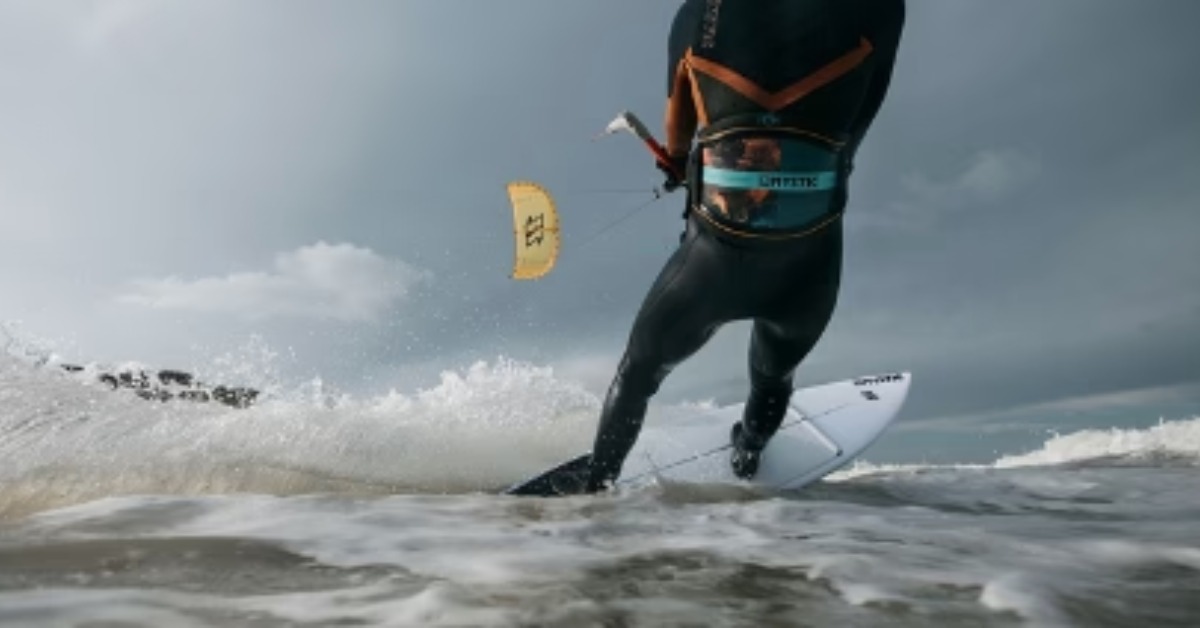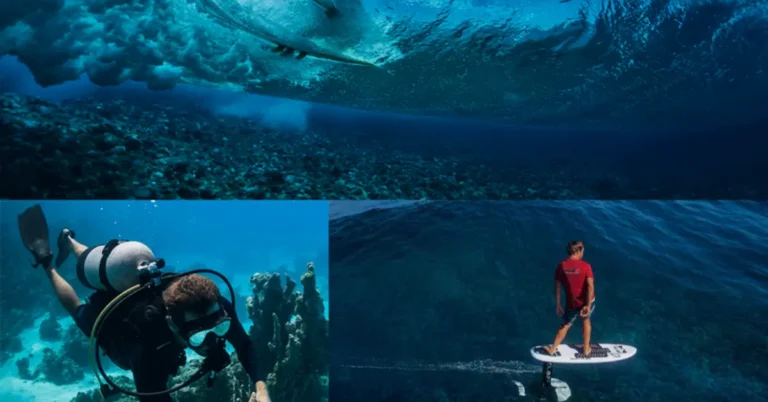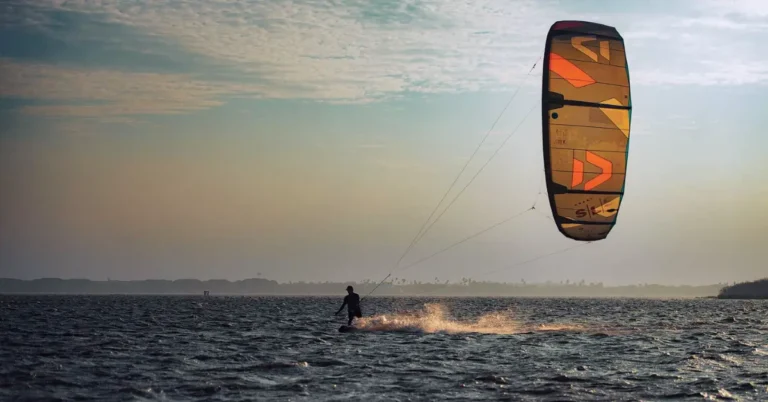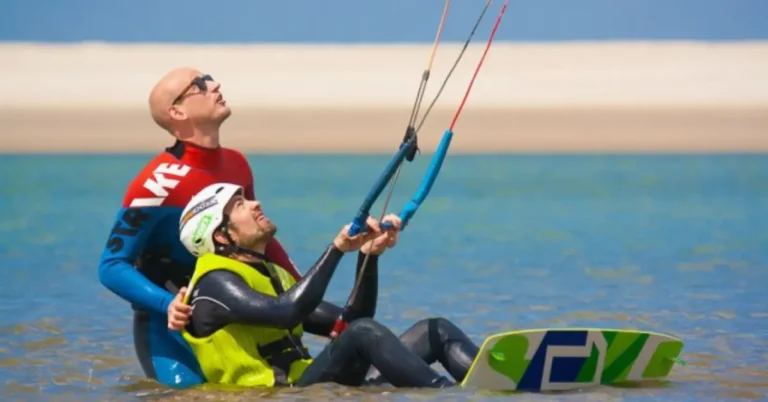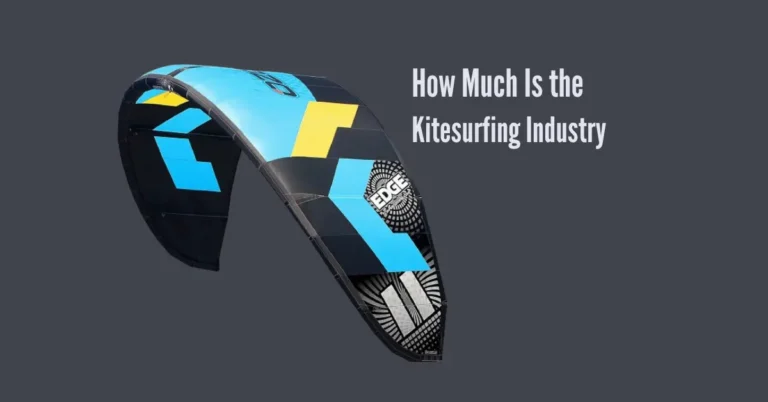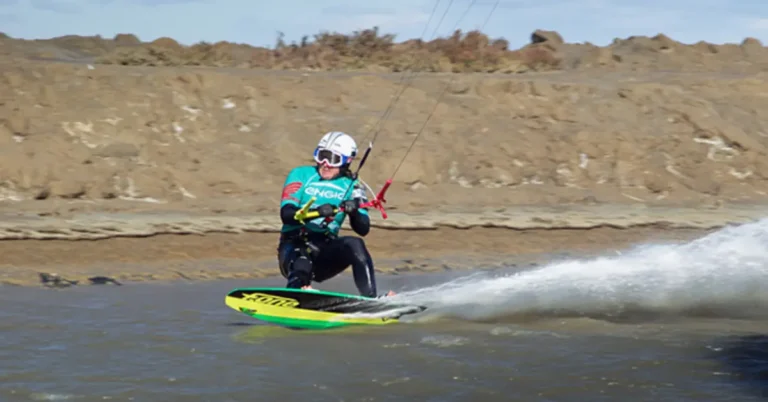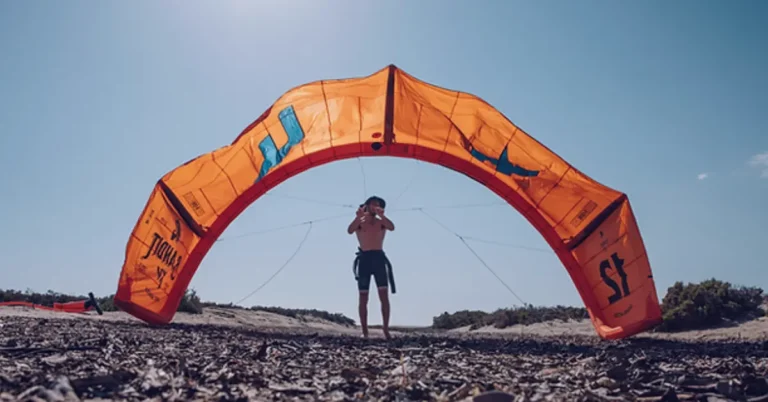Things to look for When Buying a Kitesurfing Harness
When picking out your new kitesurfing harness, there are many things to consider. The harness you choose can make a big difference in how much you enjoy kitesurfing.
Kitesurfing takes a lot of energy and skill, and the harness is super important because it connects you to the kite. This connection helps you handle the kite’s pull and takes some strain off your arms.
There are two main types of kitesurf harnesses. Waist harnesses and seat harnesses. Each has its advantages, so it’s essential to choose the right one for you.
Also Read: Wind is Needed for Kitesurfing
Considerations When Choosing Between Waist and Seat Harnesses
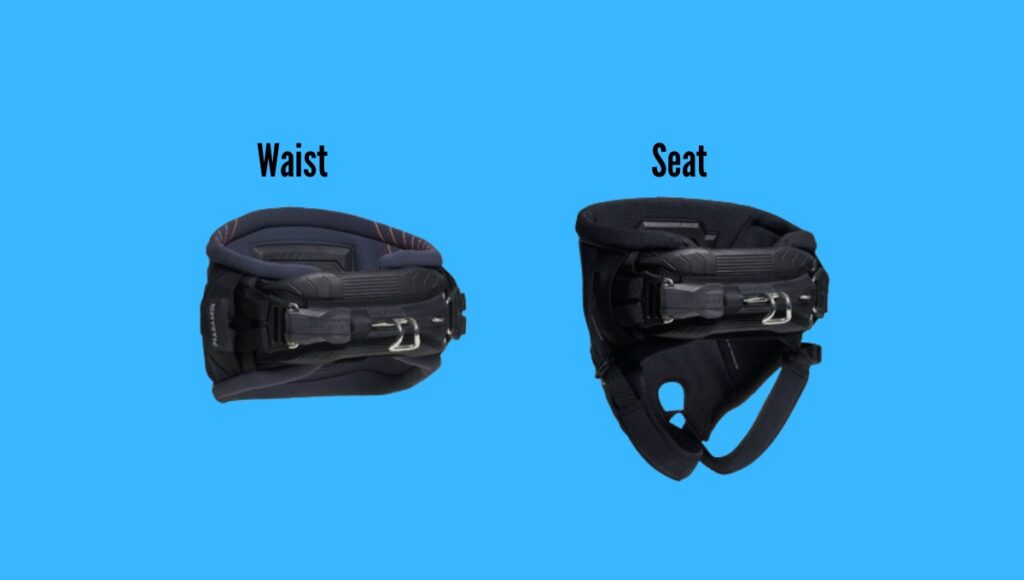
Seat Harness
Seat harnesses are less standard than waist harnesses in kitesurfing, but they still have their benefits. They wrap around your waist and thighs and connect to the kite’s control lines at the front. These harnesses are great for riders who want stability in their lower back, easing strain on that area and the hips. Some people think seat harnesses are only for beginners until they can switch to a waist harness.
But that’s not true! Seat harnesses are helpful for many situations. They’re perfect for long-distance cruising, racing, and windy conditions requiring extra control and stability. In the past, users complained about pressure from the buckles on their inner thighs. But newer seat harness designs have improved. They distribute the pressure outward, making them much more comfortable. If you last tried one a while ago, it’s worth checking out the latest models.
Waist Harness
Waist harnesses are super popular for kitesurfing. They wrap around your waist and hips, letting you feel the force of the kite’s control lines in your lower back. These harnesses give you more freedom to move your upper body, which is great for riders who like to be active and do tricks like jumps and spins.
Here are some things to consider when choosing between waist and seat harnesses:
Hard Vs Soft Shell Harnesses
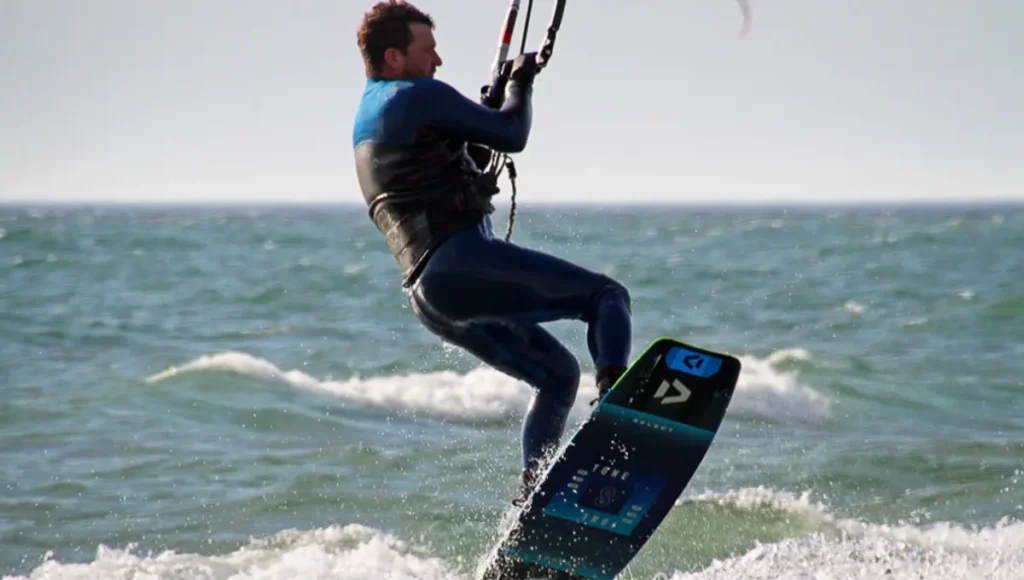
Hard-shell waist harnesses have surged in popularity compared to traditional soft-shell ones. Soft-shell harnesses are flexible and padded, offering comfort and flexibility for dynamic maneuvers. However, they may lack stability and focus strain on a smaller area of the back. On the other hand, hard-shell harnesses have a stiff structure that spreads the load across the torso, providing better stability and control.
They maintain their shape well, minimizing twisting or sliding. While hard-shell harnesses are great for stability and control, they may feel too rigid for beginners. It’s essential to consider your riding style and comfort preference when choosing between the two. Soft-shell harnesses are more flexible and convenient for travel, while hard-shell harnesses offer maximum stability and control. Beginners may find soft-shell harnesses more comfortable initially.
Price and material’s durability.
While it might be tempting to opt for the cheapest harness, it’s essential to remember that quality often comes with a higher price tag. A good-quality harness offers comfort and support, ensuring safety while kitesurfing. Cheaper harnesses are typically made from inferior materials and may have manufacturing flaws, increasing the risk of breakage and safety issues.
Durability is closely linked to price. Cheaper harnesses are more prone to damage from UV rays, saltwater, and sand exposure, shortening their lifespan. Investing in a durable harness capable of withstanding the stresses of kite forces is crucial for safety. Prioritizing strong, long-lasting harnesses is essential for ensuring a safe kitesurfing experience.
Ease of use
Padding and support.
Padding in the harness helps to distribute the rider’s weight and pressure evenly across the torso, reducing discomfort and pain, especially in the lower back, which is heavily strained during riding. It also prevents chafing and rubbing, which can happen when the harness gets wet.
Support is essential for maintaining balance and posture while riding. A well-designed harness supports the lower back and hips, providing stability and comfort in the water. This is especially important for beginners needing extra support to maintain balance.
The harness’s spreader bar.
The spreader bar connects the harness to the kite, affecting the rider’s comfort, mobility, and control. A more expansive bar provides more stability and support because it has more significant contact with the rider’s body. However, it may limit mobility for advanced maneuvers.
On the other hand, a narrower bar offers more freedom of movement and easier control, but it might provide less stability. It also helps distribute the load across the harness and protects the ribs when the harness moves upward.
Best Kiteboarding Harness for Beginners
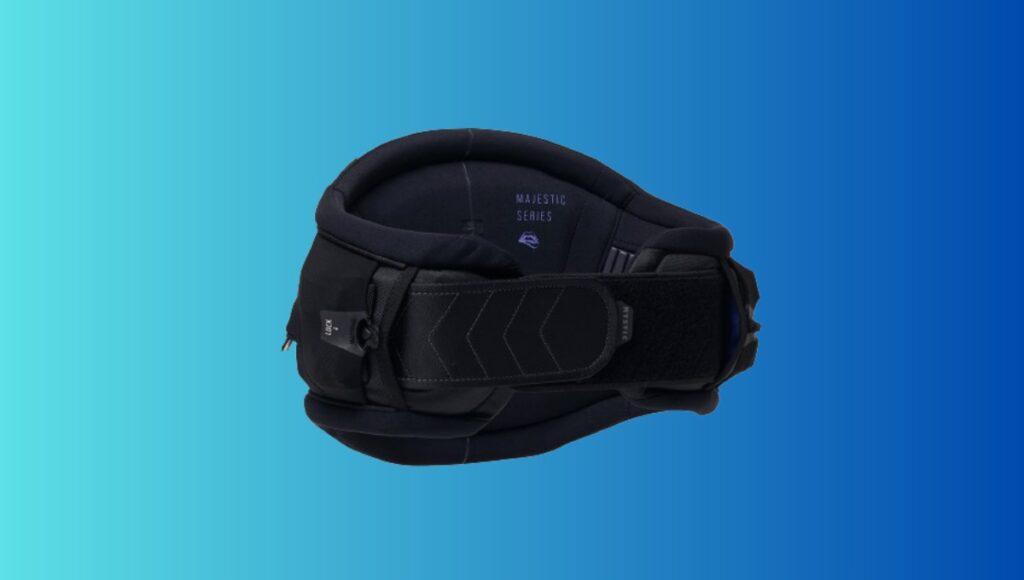
When choosing a kiteboarding harness for beginners, comfort, support, and ease of use are key factors. Some popular options are
How tight should a kite harness be?
A kite harness should fit snugly but not too close. Here are some guidelines to ensure the harness is fitted correctly:
Frequently Asked Questions
Conclusion
The key things to evaluate when purchasing a kitesurfing harness include comfort, fit, strength, safety features, and experience level. A comfortable and snug harness that won’t chafe or restrict movement is ideal. The harness should be made from durable materials to withstand high winds without fear of breaking.
Consider harnesses with quick-release safety systems, impact belts, and foam padding for protection. More advanced riders may need harnesses with extra leashes and attachment points for different stances. Buying a suitable harness from a reputable brand will help ensure enjoyable and safe kitesurfing sessions. Be sure to try different styles on and choose wisely.
